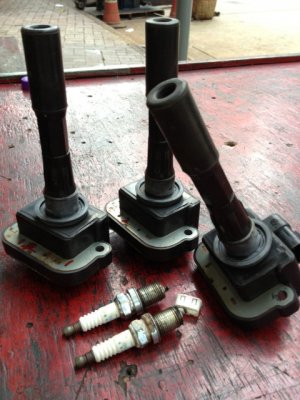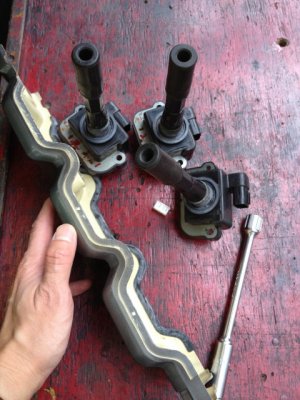I really need your help to direct me of how to check engine error code. The engine light came on a few days ago after a few car washes.
I have taken my car to car wash place where it is hand cleaning without brushes. However, still need to go through the machine for high pressure water cleaning and drying.
After the car wash, the feeling is a bit strange when accelerate. Felt like there is delay in acceleration when gas paddle is pressed.
Worry that the water might get into the coil and caused the problem.
Should I check what error code first before starting the big job of removing the coils and plugs?
Thanks for your help first!!!
I have taken my car to car wash place where it is hand cleaning without brushes. However, still need to go through the machine for high pressure water cleaning and drying.
After the car wash, the feeling is a bit strange when accelerate. Felt like there is delay in acceleration when gas paddle is pressed.
Worry that the water might get into the coil and caused the problem.
Should I check what error code first before starting the big job of removing the coils and plugs?
Thanks for your help first!!!
Last edited:






